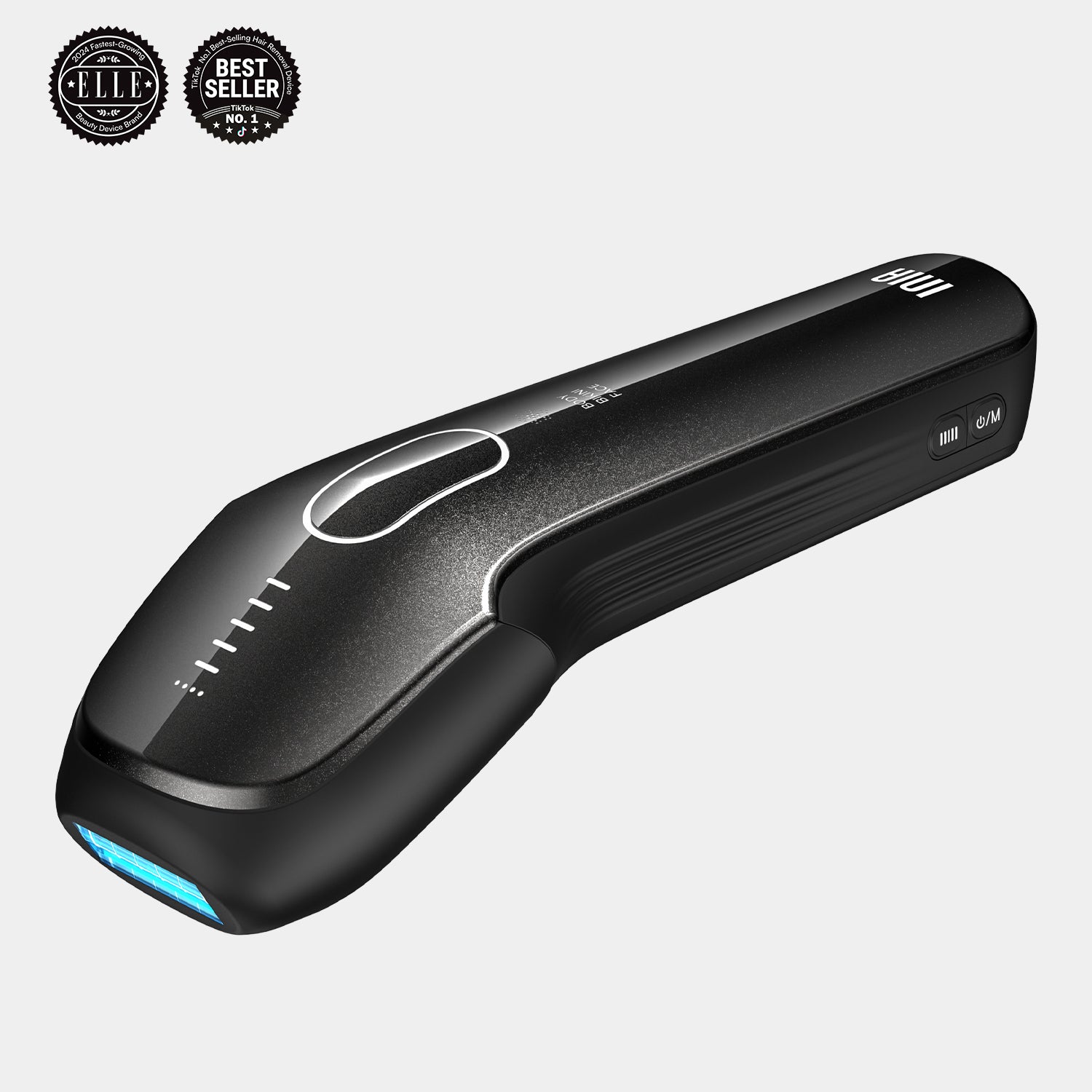Unlock the Secret to Flawless Skin: Discover the Magic of At-Home Laser Hair Removal!
In recent years, at-home laser hair removal has surged in popularity, offering a convenient and efficient alternative to traditional salon treatments. With the promise of smooth, hair-free skin without the hassle of frequent visits to a professional, many individuals are drawn to this innovative technology. The appeal lies not only in the potential cost savings but also in the comfort and privacy of using the device in the familiarity of one’s own home. In this article, we will explore the process, effectiveness, and safety of home laser hair removal devices, providing you with a comprehensive understanding of this beauty trend.

Understanding At-Home Laser Hair Removal
At-home laser hair removal refers to the use of handheld devices designed to emit laser light to target and eliminate hair follicles, preventing future hair growth. Unlike professional treatments, which often utilize more powerful and advanced equipment, these home devices are tailored for personal use, ensuring safety and effectiveness for a wider audience. The technology behind these devices typically involves a form of light energy that is absorbed by the pigment in the hair, which then converts to heat, damaging the follicle and inhibiting regrowth. By understanding the science behind laser hair removal, users can appreciate how these devices function and the potential they hold for achieving long-lasting results at home.
The Process of Using Home Laser Hair Removal Devices
Using an at-home laser hair removal device involves several key steps that ensure both effectiveness and safety. First, it's essential to prepare the skin by shaving the area to be treated, as this allows the laser to target the hair follicle directly without interference from hair above the skin's surface. After shaving, the skin should be cleaned and dried thoroughly. When ready to use the device, it’s crucial to follow the manufacturer's instructions, as each model may have specific settings and guidelines. Generally, users will select the appropriate intensity level based on their skin and hair type, then place the device against the skin and activate it to emit the laser pulse. After treatment, post-care is important; applying soothing lotion and avoiding sun exposure can help minimize any potential irritation. Following these steps closely can lead to optimal results over time.
Effectiveness of At-Home Laser Hair Removal
The effectiveness of at-home laser hair removal can vary based on several factors, including the user’s skin type, hair color, and the device's technology. Generally, those with lighter skin and darker hair tend to see the best results, as the contrast allows the laser to more effectively target the hair follicles. Users can expect gradual hair reduction, often noticing results after several sessions, typically spaced a few weeks apart. While some may experience significant hair loss after just a few treatments, others may require more time to achieve their desired level of smoothness. It’s important to have realistic expectations and to be patient, as the process is cumulative, requiring consistent use to reach optimal results.
Safety Considerations
While at-home laser hair removal can be a safe and effective option, it is essential to address any potential safety concerns. Some common side effects may include temporary redness, swelling, or mild irritation in the treated area. Individuals with certain skin conditions, darker skin tones, or specific medical conditions may be at a higher risk for adverse effects. It’s vital to read the device’s instructions carefully and consider doing a patch test on a small area of skin first. If there are any doubts or unusual reactions occur, consulting with a dermatology professional can provide additional guidance. By adhering to safety guidelines and understanding personal limitations, users can enjoy the benefits of laser hair removal while minimizing risks.
Summary of Key Insights
In summary, at-home laser hair removal offers an appealing solution for those seeking to achieve smooth skin without the frequent trips to a salon. By understanding the process, effectiveness, and safety considerations involved, individuals can make an informed decision about whether this method is right for them. While the potential for long-lasting hair removal is enticing, it’s crucial to prioritize safety and follow usage guidelines to ensure a successful experience. Ultimately, embracing at-home laser hair removal can lead to newfound confidence and convenience in personal grooming routines.






